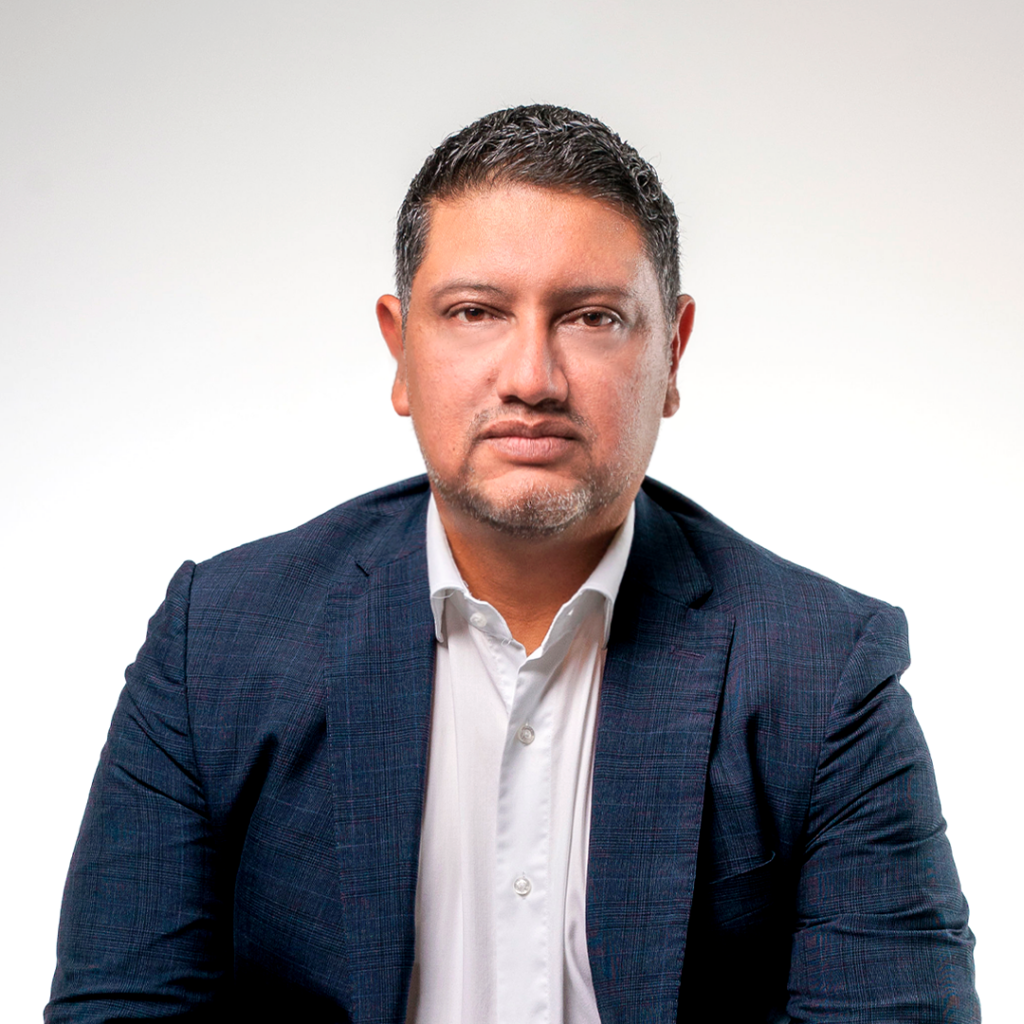

- Mexico Business News | By Mariana Allende
- 2024/09/02
- Comunicado de prensa
Q: What have been the biggest challenges in bringing DitoBanx into Mexico?
A: The challenges we faced are quite similar across all the countries we operate in, primarily revolving around regulation. Unlike other industries, in finance, it is not possible to just launch a product, pivot, and then make improvements. It is necessary to go through the entire regulatory process and wait for the product to be approved before bringing it to market. This process takes time, money, effort, and a solid team.
We choose Mexico primarily due to market size. Our vision is to change the financial landscape for Latin America’s unbanked population, which ranges between 50% and 65%. About 70% of El Salvador’s population is unbanked, as is 56% of Guatemala’s population and 70% of Nicaragua’s population. In Mexico, 62% of the population is unbanked, yet there are 83 million mobile users, generating an immense opportunity.
Q: How will DitoBanx compete with other fintechs and digital banks in Mexico and the region?
A: Most of the major digital banks in Mexico are unicorns, yet only one operates in two other regions; the rest are exclusive to Mexico. We, on the other hand, operate in multiple countries and our digital assets allow us to offer instant, secure, and fast cross-border payments — a feature neither the major banks nor digital neobanks can provide in under five minutes. These services allow users who never had a financial product to send or receive money within five minutes. This is a game-changer.
Most importantly, we believe in fair rates. If we can provide financial services and access to capital, we can change this and future generations. However, this is not possible with exorbitant interest rates. We need to be fair to the market. Our users need to feel that we are delivering value and that we are genuinely considering their perspective, especially unbanked users. Some people pay 50% daily interest just to operate in Mexico City’s Central de Abastos (the city’s main supply center) or 100% monthly. Financial products charging 80% or 90% interest need to be a thing of the past. Part of our mission is to change the way banks and financial institutions operate.
Q: How does DitoBanx plan to engage and retain young users who are typically more tech-savvy and have higher expectations for digital experiences?
A: Our target market is young people aged 18 to 32 — digital natives who grew up with a mobile device in hand and already know what a digital wallet is. In Mexico, the latest statistics show that 4 million young people are using digital assets, primarily Bitcoin. This proves there is a real appetite for new technologies. While it may be difficult for older generations to understand, young people are quick to adapt.
We want to empower young people to operate easily in this global market. Traditional banks are not doing this, nor are many of the large fintech or neobanks in the market. They are missing out on this opportunity, but young people have the ability to see where those opportunities lie. We aim to put these tools in their hands, which we believe is our unique value proposition compared to other digital tools they may already use.
Q: What impact do you expect the pilot program in Aguascalientes with ICP Hub México and Definity to have on your operations in Mexico?
A: DitoBanx aims to deliver value. The pilot project being deployed in Aguascalientes aims to teach young people basic financial literacy, alongside five local universities. We start by teaching them the basics: how not to spend more than they earn, how to create a budget, and so forth. We plan to foster a generation of digital entrepreneurs. These young university students who have never had a financial product, bank account, or debit card will be able to engage in global commerce for the first time. Within five minutes, we provide them with a digital credit card at no cost, with no fees, and a physical card within 72 hours. We also give them the tools to send and receive money globally, accept traditional credit and debit card payments from any bank, pay bills, and withdraw funds at correspondent banks. This will significantly impact their entrepreneurial journeys.
Q: How will digital currencies impact financial inclusion and the broader financial ecosystem in Mexico?
A: Digital assets come in two types: volatile and stable. The most common stablecoin is the digital dollar, where each digital dollar is backed by a physical dollar held in a financial institution. This model can be replicated for any other fiat currency — there are digital euros, and digital yen, and we need a digital Mexican peso. A digital peso would allow for instant, secure, and traceable transactions while complying with all anti-money laundering laws without intermediaries.
For example, a company in China could buy 10 million digital Mexican pesos, hold them in their treasury, and within seconds make countless payments to their suppliers in Mexico, which will be completed in three seconds. The recipient in Mexico can then convert these digital pesos back to traditional pesos. One of the biggest challenges for any digital currency is ensuring it is highly regulated and supervised so that each digital peso has a corresponding physical peso backing it. While we are not creating the digital Mexican peso ourselves, we are playing a significant role in this process, particularly in our third service vertical, which involves the digital tokenization of assets. The ultimate goal is to speed up money movement. If we can reduce the time it takes for a SWIFT transfer from China to Mexico from eight days to 10 seconds, that changes the rules of the game completely.
Q: Tokenization of digital assets is a significant part of DitoBanx’s business model. How do you see this evolving in the next few years, particularly in the Mexican market?
A: The change is already happening. When we started three years ago, the traditional banking sector saw us in a very different light from how it sees us now. There is now a total openness to innovate together. We are part of strategic partnerships with two of the biggest banks in Mexico that are at the forefront of digital assets, which has been instrumental since the day we announced our plans. Tokenization and blockchain are becoming essential, especially as we approach an era of unprecedented economic and financial change. However, this process is still ongoing, and we are only scratching the surface. Tokenization and blockchain are not just future trends; they are already shaping the present and will only continue to evolve.
Q: What are DitoBanx’s expectations for how it will end the year with its new expansion to Mexico?
A: Our goal for the next 12 months is to acquire 100,000 individual users. We have other plans with universities in Mexico City, Guadalajara, and Monterrey. Given that the market of about 8 million young people already engages with digital assets, we believe we will surpass this target well before the 12 months are up.
We are also presenting significant value propositions to companies, not only in digital assets, invoice payments, and corporate cards but also in acquiring and processing payments through Visa, MasterCard, and digital assets. Our aim is to disrupt a market that, despite being large, is somewhat stagnant and lacking innovation. We expect to become leaders in this segment within the next 2 years, our disruptive approach will make a significant impact on the market.